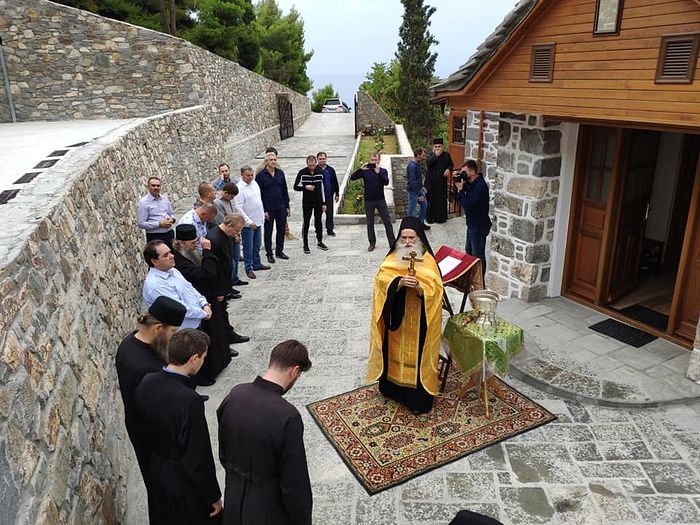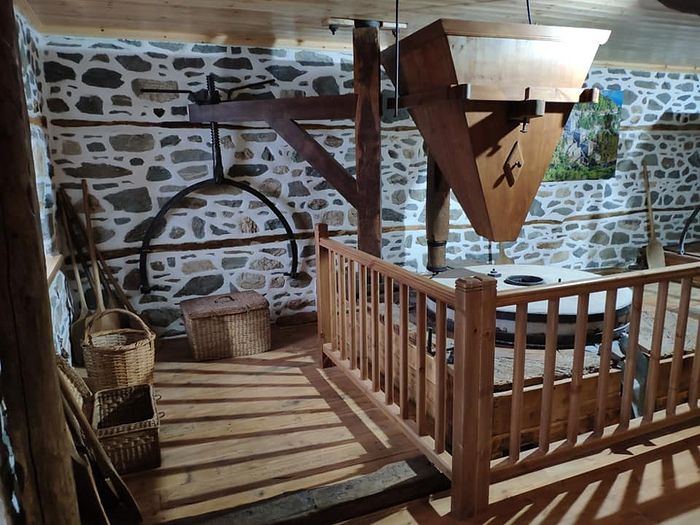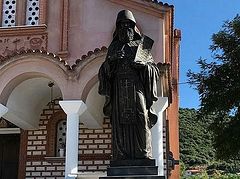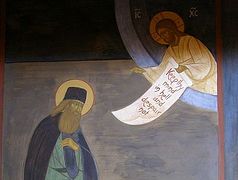Mt. Athos, September 25, 2019
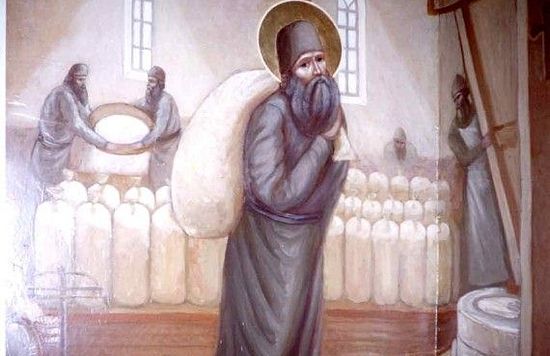 St. Silouan working in the monastery mill. Photo: orthodoxphotos.com
St. Silouan working in the monastery mill. Photo: orthodoxphotos.com
As the holy Orthodox Church celebrated the feast of the great 20th-century elder St. Silouan the Athonite yesterday, a site of his holy labors was reopened and consecrated on Mt. Athos.
St. Silouan carried out his obedience for many years in the mill at St. Panteleimon’s Monastery on Mt. Athos, and it was there that he was vouchsafed to see the Lord. However, more recently, the mill stood in poor condition for many years, writes Ukrainian historian and researcher of Mt. Athos Sergei Shumilo.
“For many years, the mill stood in an abandoned and dilapidated state, but now it is restored. The wheels that distill the water were launched,” Shumilo writes. The mill had been “on the verge of complete destruction,” but is now saved.
He also writes that there is also now at the mill a monastic cell, a church of St. Silouan, and a museum where visitors can learn about the conditions in which the great saint labored, how the mill worked, and so on.
Former Governor of Mt. Athos Costas Dimas, who helped the monastery restore the mill for many years, was present at the consecration.
In his book, St. Silouan the Athonite (1991), Elder Sophrony (Sakharov), the disciple of St. Silouan, writes of the saint’s time in the mill, where he also devoted himself entirely to prayer (p. 25):
His first “obedience” was to work in the Monastery mill. Those were flourishing days for Russian monasticism on Mt. Athos. St. Panteleimon had expanded until it stood like a small city in the surrounding “desert.” The number of brethren rose to almost two thousand, and from Russia visitors and worshippers came in their hundreds, many of them making a long stay in the Monastery’s large hostelries. All this kept the mill extremely busy. Yet Brother Simeon [St. Silouan’s name before monastic tonsure—Ed.], who slept so little and ate so sparingly, who ceaselessly devoted himself to ardent prayer, shedding abundant and at times despairing tears, punctually performed the hard work he had been set, each day lifting and transporting a heavy weight of sacks of flour.

